
Click here to support reforestation
with your company.
Get news, updates, & event Info delivered right to your inbox:
5 Endangered Trees with Amazing Stories
You’ve likely heard about the growing list of wildlife species that are vulnerable, threatened, or critically endangered. But while it’s true that we’re losing biodiversity among wildlife, amphibians, and insects faster than we can categorize them, there’s a parallel story unfolding among plants and trees.
According to the Global Tree Assessment coordinated by Botanic Gardens Conservation International in partnership with the IUCN Species Survival Commission Global Tree Specialist Group, there are approximately 58,000 confirmed and published tree species around the world. Many studies have estimated that number to be much higher.
Regardless of exactly how many tree species there are in the world today, we do know that species diversity is highly vulnerable to a range of threats. Based on the results of the Global Tree Assessment, 17,510 known tree species are threatened with extinction — and another 142 species are considered extinct or extinct in the wild. Here are 5 endangered tree species that you should know about.
5 Endangered Tree Species
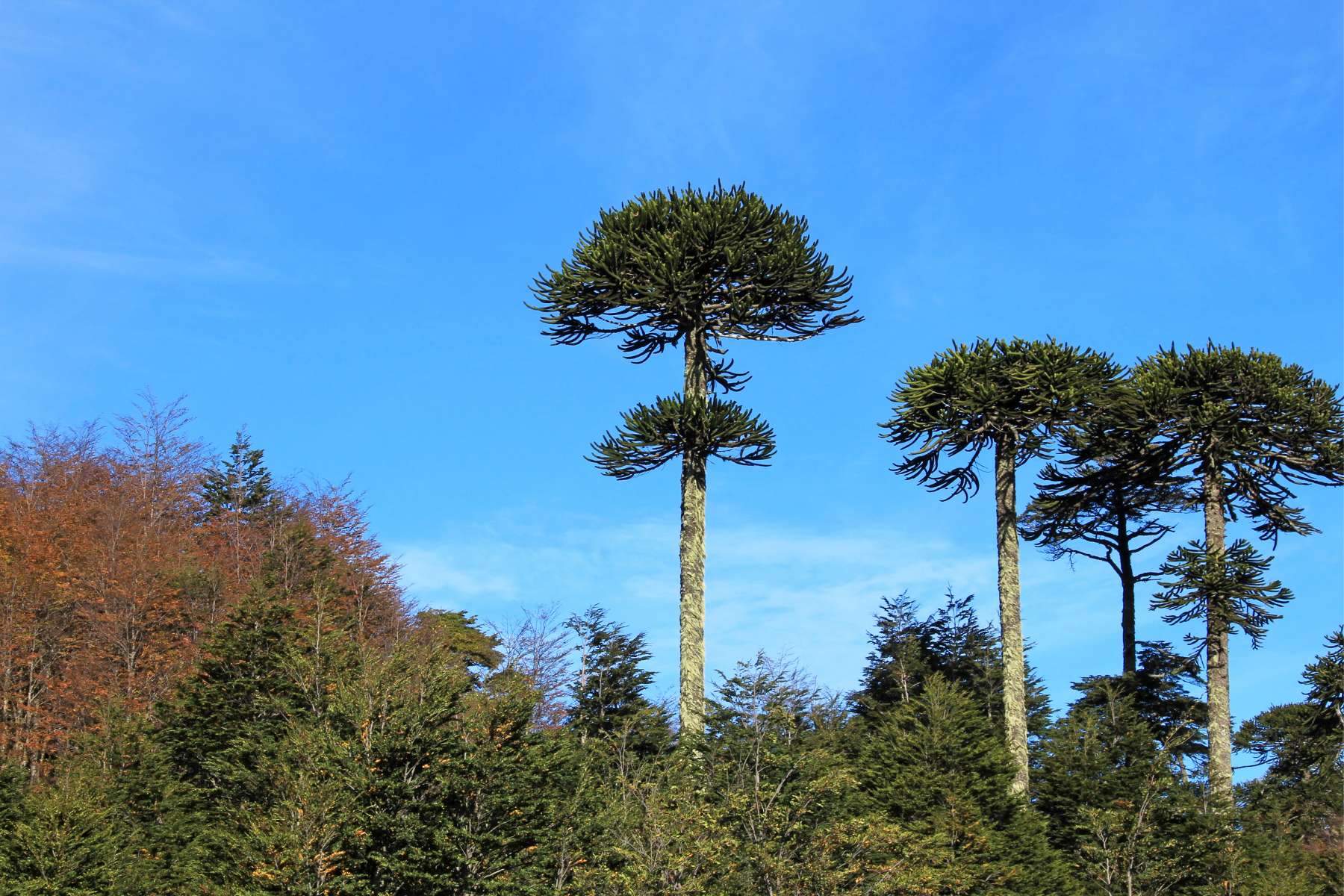
1. Monkey Puzzle – Araucaria araucana
The monkey puzzle, Chile's National Tree, is an evergreen conifer native to south central Chile's temperate rainforests — both within the Andes, and along coastal areas. It can also be found in western Argentina. Highly salt tolerant, the tree looks prehistoric due to its leathery, spiky leaves, which likely evolved to ward off hungry dinosaurs! Fossils dating back to the Jurassic period reveal that similar plants have been growing for around 200 million years.
Spiritually significant to indigenous peoples in Chile, including the Araucanos, the tree’s seeds are edible. They are roasted and mashed, or dried and ground into flour to brew muday, a traditional fermented beverage. Today, they are a popular ornamental tree around the world, and are highly valued for timber due to exceptional durability and resistance to fungal decay. Unfortunately, they face several threats, including fire, logging, and grazing, which have rapidly destroyed their native habitat.
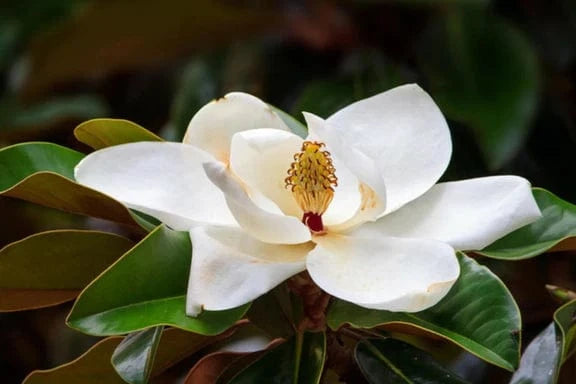
2. Magnolia – Magnolia spp.
The magnolia tree genus is highly studied by evolutionary biologists. The genus displays several “evolutionarily primitive" characteristics, such as spirally arranged flowers (whereas most flowers today are circularly arranged). They are also one of 65 plant genera that are common to both eastern Asia and eastern North America. Significant evidence suggests this is due to ancient species migrations across two land bridges: the North Atlantic Bridge and the Bering Strait.
Some species of magnolia, such as Magnolia officinalis, are valuable medicinal plants — while others, such as Magnolia cylindrica, are a source of food. Despite being a familiar sight to many, recent assessments show that 89 of all 245 known magnolia tree species are either endangered or critically endangered. Their primary threat is habitat loss due to human activities.
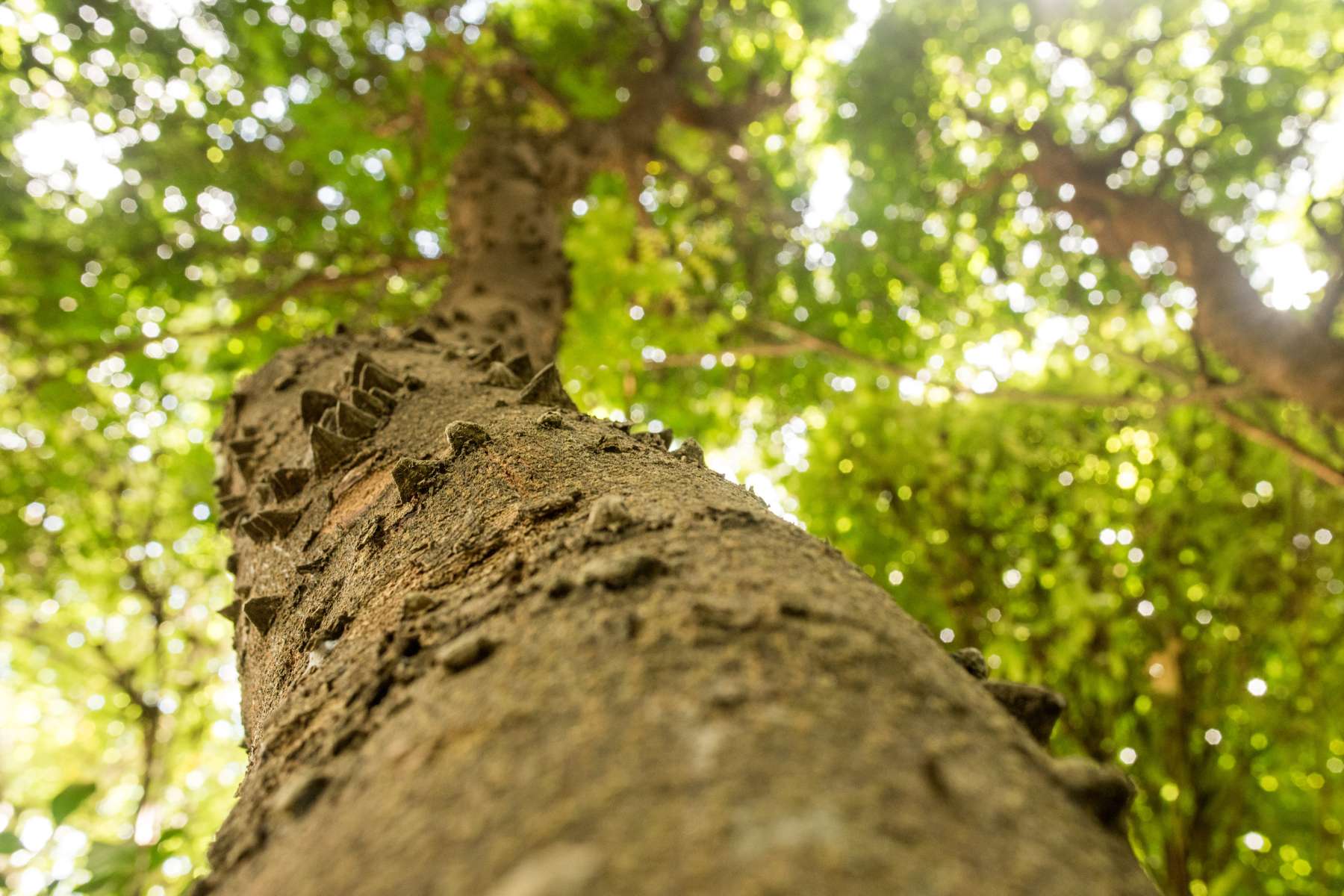
3. Pau Brasil – Paubrasilia echinata
Native to the Brazilian Atlantic Forest, this tree species is the national tree of Brazil — fitting given its common name, Brazilwood. Historically, it has played a critical role in Brazil’s social and economic development.
Due to its incomparable, nearly indestructible timber, it has been heavily exploited by bow makers for centuries — for violins, violas, and cellos. Prior to the creation of synthetic dyes in the 1800’s, Europeans also imported Pau Brasil trees for a pigment in its wood that made exceptional fiery-red dye. Locally, the tree is valued for its medicinal qualities, and research is ongoing to determine if its bark can be used to treat cancer.
Unfortunately, due to its exceptional qualities and related monetary value — and despite efforts to protect it — this species faces extensive overexploitation to this day.
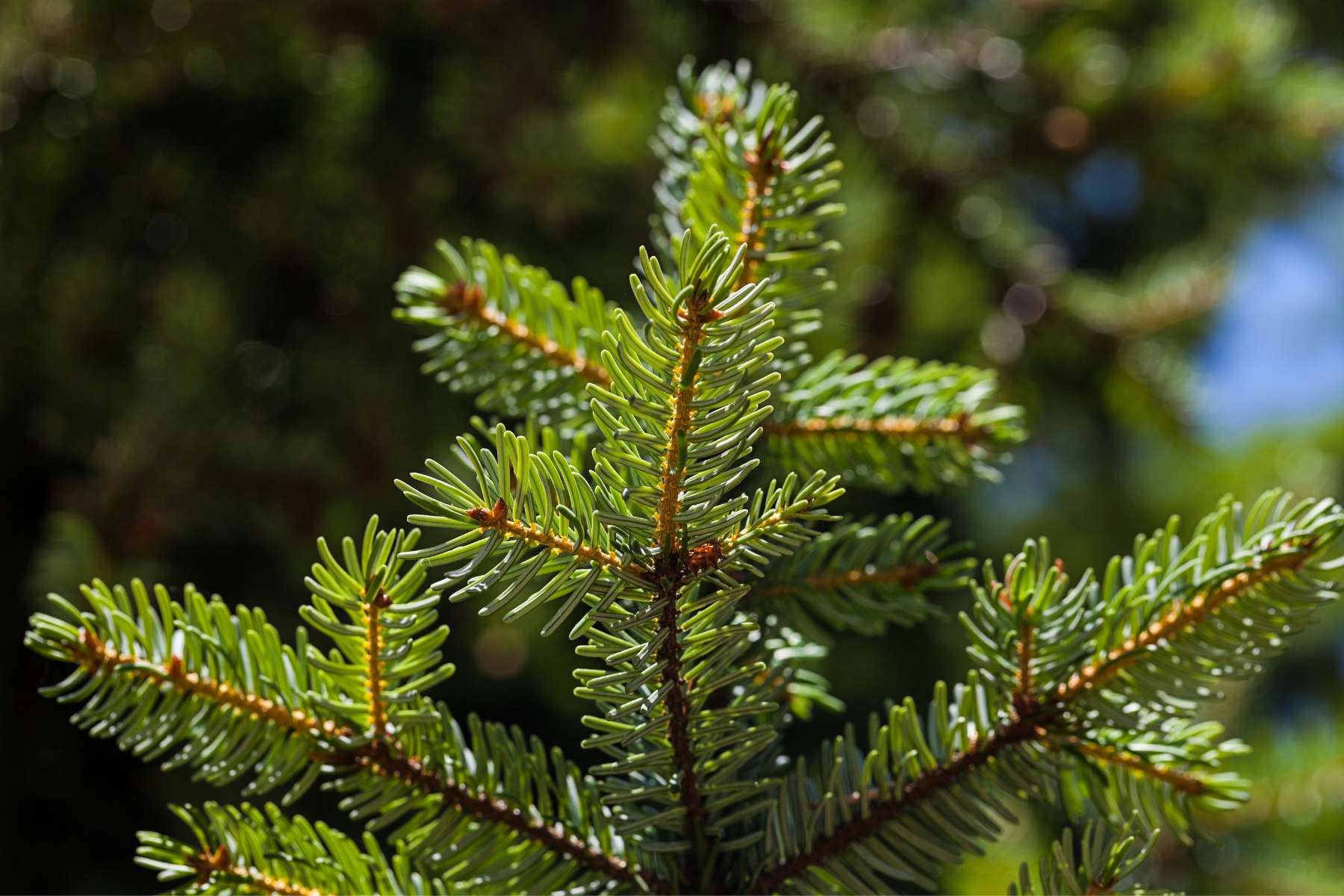
4. Serbian Spruce – Picea omorika
Once covering much of Europe before the Ice Ages, the Serbian Spruce now is limited to Serbia, Bosnia, and Herzegovina. With its graceful stature and drooping branches, a natural adaptation to help shed snow, the tree is beloved by horticulturalists. It is also hardy, and capable of growing well in a wide range of soils and nutrient regimes.
Over many years, its distribution narrowed dramatically, mostly due to human activities. Fire, overexploitation, pests, climate change, and species competition are other primary threats.
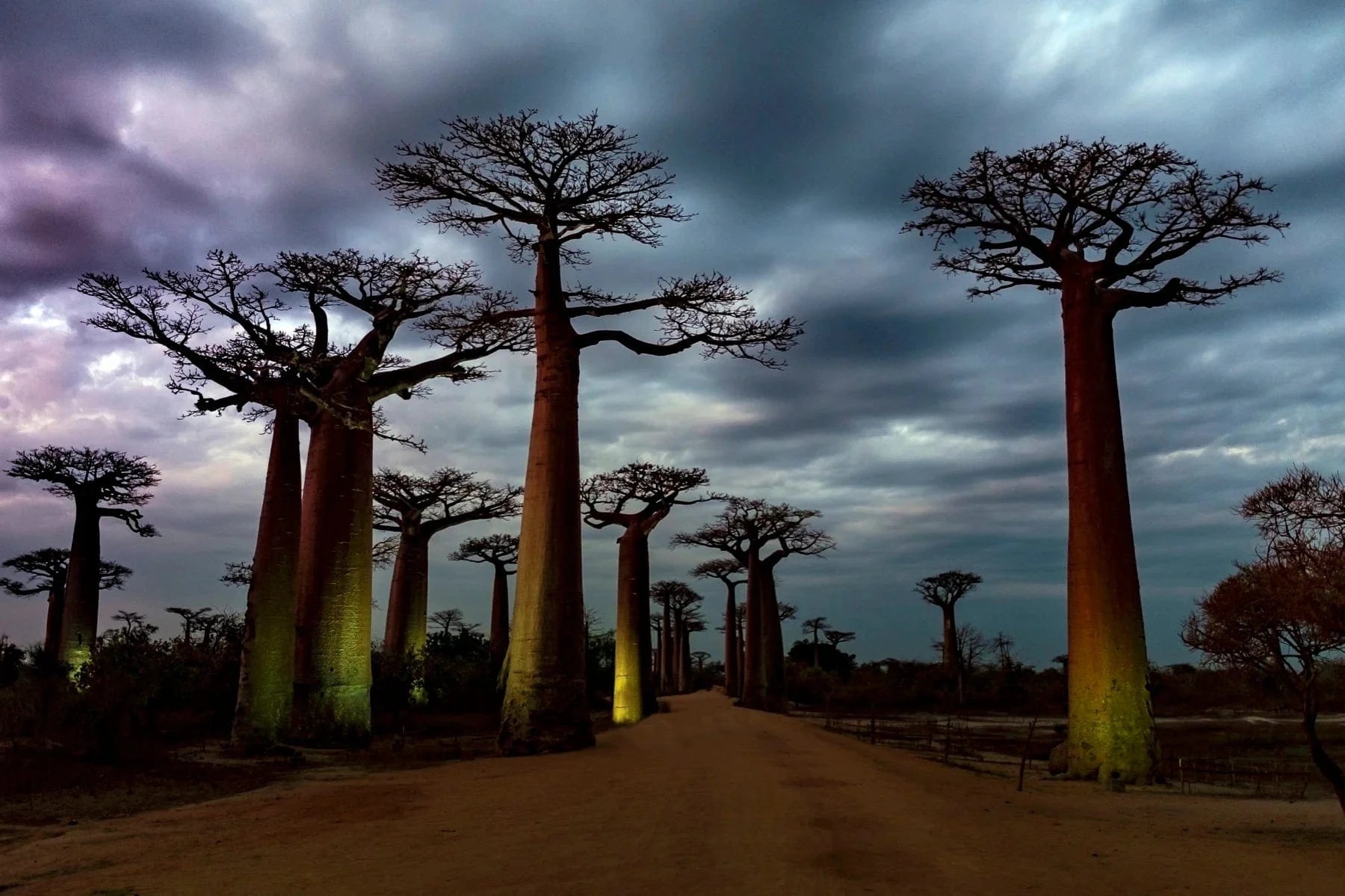
5. Grandidiers Baobab - Adansonia grandidieri
Like massive pillars leading to an ancient castle, Madagascar's Grandidiers baobabs line the dirt road between Morondava and Belon’i Tsiribihina in the Menabe region of western Madagascar. The "Avenue of Baobabs," as it's known, is considered the most beautiful road in Madagascar.
In addition to being truly majestic, Baobab trees share plentiful resources. including water during the dry season, young leaves for salad, and fruits that contain a nutritious pulp. The primary threats to this tree species are human expansion, overexploitation, pollution, livestock grazing, and fire. They also have a very low rate of natural regeneration in their native habitat.
With all the known ecological and medicinal benefits of trees, it's hard not to wonder about the many discoveries still to be made in the natural world. And while it’s great that certain species are revered, the big picture message is that all trees are valuable!
Looking to help protect forests and support reforestation? Plant trees to support biodiversity around the world!
Click here to support reforestation
with your company.
Get news, updates, & event Info delivered right to your inbox:
Related Posts
9 Sustainable New Years Resolutions
18/12/2025 by Meaghan Weeden
Inspirational Quotes About Trees
16/12/2025 by Meaghan Weeden
The 9 Oldest, Tallest, and Biggest Trees in the World
11/12/2025 by One Tree Planted
Popular On One Tree Planted
Inspirational Quotes About Trees
16/12/2025 by Meaghan Weeden
The 9 Oldest, Tallest, and Biggest Trees in the World
11/12/2025 by One Tree Planted
What Causes Deforestation?
10/07/2025 by Meaghan Weeden
Fundraising Disclosures

Be Part of the Restoration Movement
The Grove is more than just a monthly giving program: it's a vibrant community of individuals who are dedicated to reforestation and environmental restoration on a global scale.



